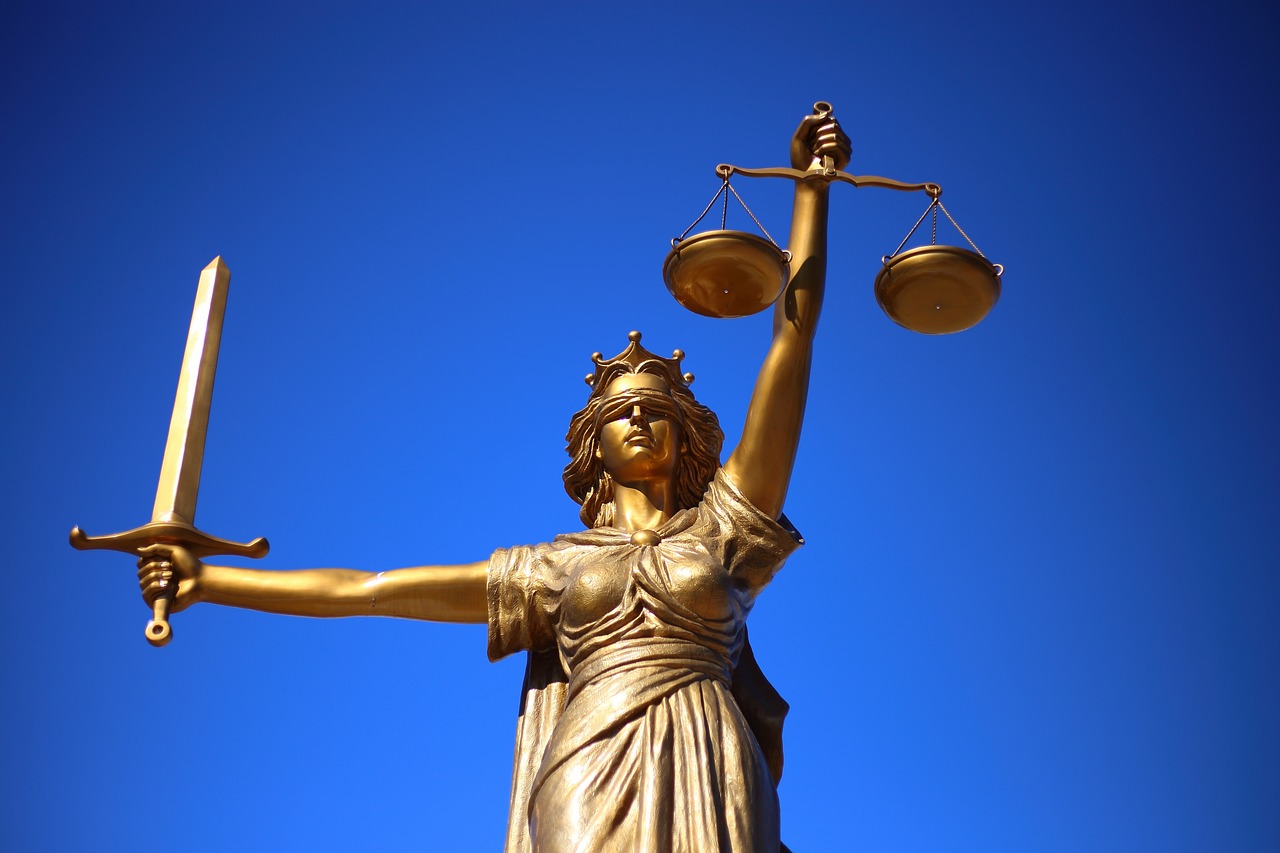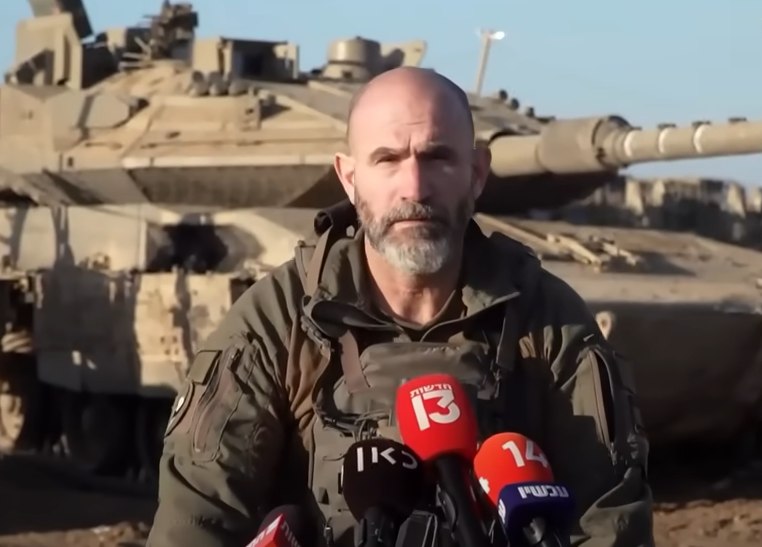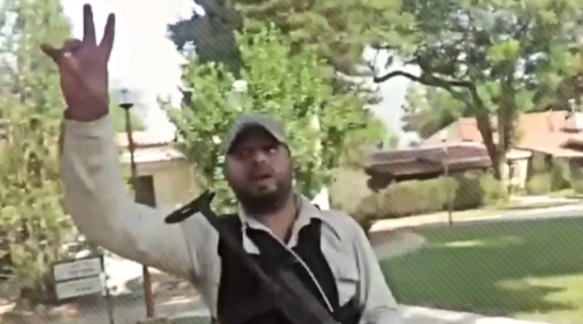Towering in the horizon to the east of the city of Jerusalem is the cone shaped hill, home of the ancient fortress/palace of King Herod – the Herodian

Driving in the south of the city of Jerusalem, looking toward the east you see a towering cone shaped hill. This is the Herodian National Park, named after the ancient fortress built on the site by King Herod. It is located seven kilometers past the Har Homa neighborhood of Jerusalem on route 398. The park is home to ruins on the site which were once a magnificent getaway palace.
Having begun in the year 167 B.C.E., the Hasmonean period comes to an end with the arrival of the Romans in 63 B.C.E. Under the leadership of Pompey, Judea is subjugated to Roman domination. The Romans employ 3 strategies to consolidate their rule:
- Military might
- Technological superiority.
- Architecture, which had to exhibit the following traits:
- Solidity – to symbolize dominance
- Functionality
- Beauty – to seduce and impress both the user and the observer.
The Romans find a willing accomplice to their architectural ambitions in the person of Herod – the Roman appointed King of Judea between 37 B.C.E to 4 B.C.E. Gifted with an architectural talent of genius proportions and imbued with a passion for everything Roman, Herod is the ideal candidate to promulgate Roman ideology. This, coupled with an obsession of his personnel aggrandizement, Herod was ruthless in the pursuit of his socio-political aims & ambitions.
Herod chooses this site in the Judean desert to commemorate his victory over the Parthians in 40 B.C.E. He names it Herodian and proceeds to build a palace/fortress from 23 B.C.E to 20 B.C.E.
Palace/fortresses are a Herodian innovation, and functioned as administrative, military and entertainment centers.
It is here where the privileged congregated and socialized.
The Herodian is made up of 2 complexes, namely the upper & lower Herodian.
Both sites combined cover an area of 20 hectares = 200,000 sq meters.
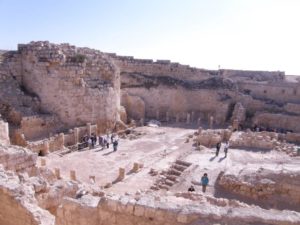
In both the upper and lower complexes, Herod subjugates and sculpts the landscape to accommodate his design intentions.
The Upper Herodian accommodates a fortress.
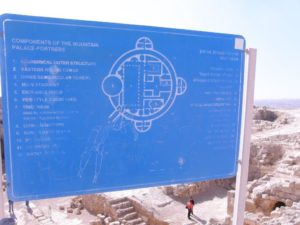
Herod increased the height of the mountain, creating it’s volcanic shape. This was achieved by truncating the apex of the adjacent mountain and transferring it to the present location. This innovation increased his visual control over the surrounding area.
The circle is the geometric generator of the design, and is arguably the most solid of all forms. Two concentric circle’s punctuated by 3 semi-circle’s and a full circle ensures a structure of immense stability and strength.
The two concentric circles supported a walkway above which was patrolled by soldiers, with the inner circle serving as the outer perimeter to the internal space. A pathway bisects the inner circle thereby creating a “public” domain and a “private” domain, the latter of which housed Herod’s 5 storied palace, colonnaded garden and cistern.
Turning to the Lower Herodian, we see a pathway delineated by columns that surrounds and defines the central core of the complex.

The central core comprises of a pool, which houses an island that could be accessed either by boat or by swimming to it. The pool was fed via an aqueduct built by Herod who’s water source was Solomon’s pools, located 5 kilometers south-west of Bethlehem.
The eastern edge of the adjacent terraced garden is bordered by a longitudinal building which overlooks the valley below.
The outer perimeter of the surrounding walkway is lined with auxiliary buildings which includes a Roman bathhouse.
The upper and lower complexes relate to each other both visuals, as well as physically by a connecting pathway.
Clearly, this complex was designed to satisfy the hedonistic needs of its users and complied with the Roman architectural aspirations of solidity, functionality and beauty.
More information at the National Parks Authority site or by calling contact number 02 5636249
____________________
Ron Traub is a certified Israeli tour guide and can be reached by email at rrdg
[To receive updates on more in depth articles on Israel and the Middle East, join us on Facebook or Twitter ]

